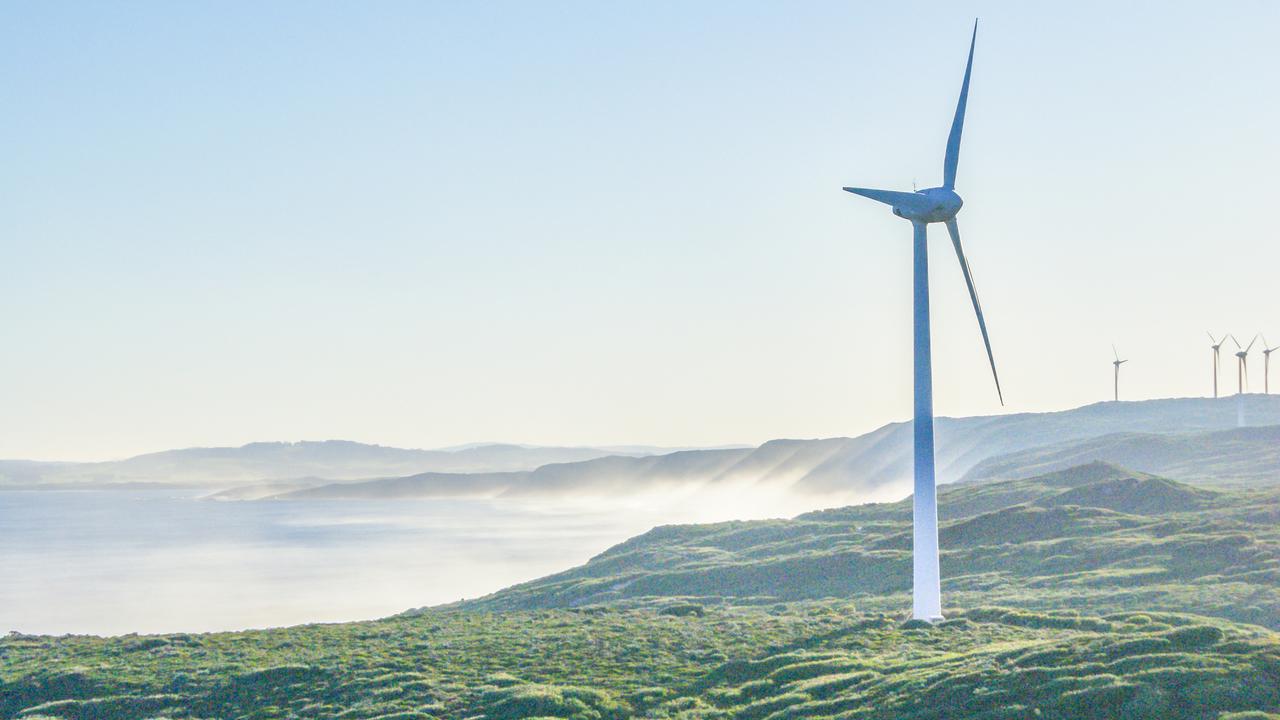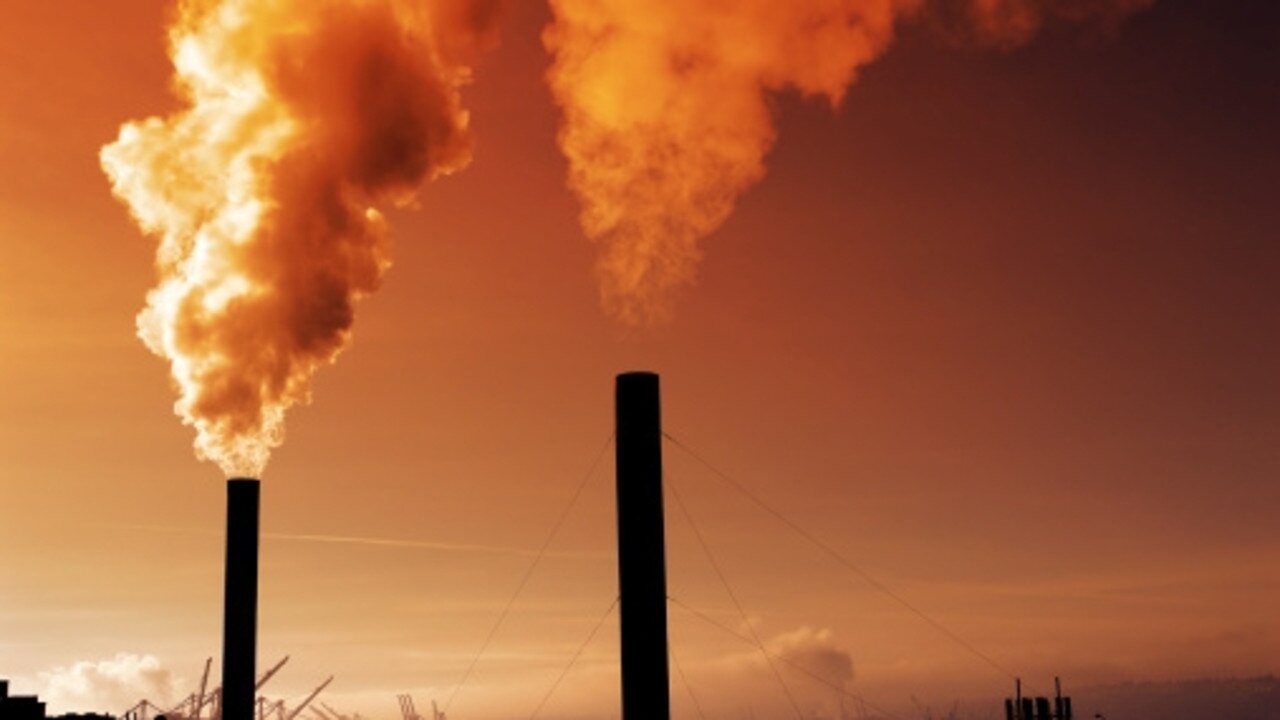Solar cycles linked to climate pause, assist in coastal planning
LONG-TERM natural cycles linked to the sun could explain the pause in global average surface temperatures.
LONG-TERM natural cycles linked to the sun could explain the pause in global average surface temperatures and offer a better guide for coastal planners to predict sea level rises, storm surges and natural disasters.
Publication of the findings in Ocean and Coastal Management follows a decade-long struggle for the lead author, Australian scientist Robert Baker from the University of New England, whose work has challenged the orthodox climate science view that carbon dioxide is the dominant factor in climate change.
Dr Baker, a former chair of the International Geographical Commission on Modelling Geographic Systems, said what had been a purely scientific debate on climate change until 2005 had become political. His latest paper with his PhD student faced a series of objections from scientists close to the Intergovernmental Panel on Climate Change but was published after an 11-member peer review panel voted 8-3 to publish. An editorial that accompanied the paper said it was an “excellent example of how to approach these complex issues that are now vulnerable to often irrational and heated debate instead of the required proper scientific discussion”.
The Baker paper suggests a hybrid model that allows future climate change to be estimated with or without human influences. The authors said this would provide a better legal foundation for decision making. Problems with coastal planning in NSW, based on sea-level predictions from climate modelling, were cited in the international paper.
The paper accepts that if there is a human influence on climate change, then it could result in a threefold increase in one-in-100-year extreme coastal events. But it says, as the hiatus shows, human influence can be overtaken by long-term natural cycles, making predictions less certain. The combination of natural and human-induced change in a hybrid model of natural cycles and human influence suggested by Dr Baker produces a “planner’s dilemma” of determining whether extreme events are natural fluctuations or from anthropogenic warming.
The paper shows, from scientific analysis of a large number of data sets, that previous fluctuations are periodic and likely to repeat, which has previously been ignored in climate models. According to the paper, the new model was able to simulate a number of climate features . This included greater heat uptake in the oceans to explain the present temperature “pause”; regional effects whereby global warming impacts were not evenly spread ; and planetary, lunar and solar cycles being embedded within the chaotic fluctuations in short-term mean sea-level data. Historic cycles could be predicted to repeat, except with the addition of anthropogenic warming, where the impact could be magnified.
The IPCC’s latest report said the “pause” was due to natural variation and ocean warming. Climate scientists say they expect warming to resume in the near future.



